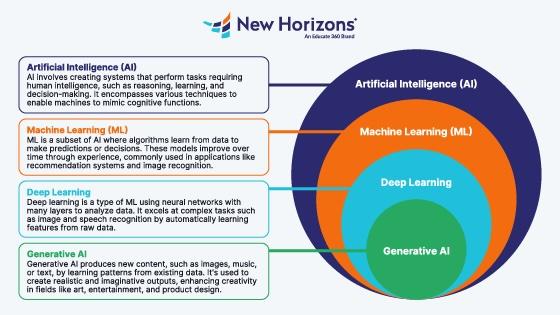A Compliance Perspective: Accountability and Responsibility Accompanying AI Models
In the rapidly evolving landscape of artificial intelligence (AI), businesses are increasingly integrating AI models into their operations, driving efficiency, innovation, and competitive advantage. However, this technological advancement comes with a significant compliance burden: ensuring accountability and responsibility for AI actions. This article delves into the critical aspects of AI compliance, breaking down complex regulatory requirements into actionable insights for businesses.
Introduction
The integration of AI into business processes has transformed industries, offering unprecedented opportunities for growth and innovation. Yet, as AI systems become more autonomous and complex, the potential for unintended consequences rises, placing accountability and responsibility at the forefront of regulatory discussions. Understanding and navigating the regulatory landscape is essential for businesses to not only comply with legal standards but also to foster trust and reliability in their AI applications.
Understanding AI Accountability and Responsibility
Accountability in AI refers to the obligation of companies to ensure their AI systems operate within legal and ethical boundaries, while responsibility involves attributing the consequences of AI actions to the entity that controls or influences its behaviour. These concepts are central to AI compliance, as they address the potential risks and harms that AI systems can pose to individuals and society.
Key Regulatory Bodies and Frameworks
Several regulatory bodies and frameworks have emerged to guide businesses in achieving AI accountability and responsibility. These include:
- European Union’s General Data Protection Regulation (GDPR): Sets forth principles for data protection and privacy, including AI systems that process personal data.
- United States’ National Institute of Standards and Technology (NIST): Provides guidelines for trustworthy AI, emphasizing accountability, transparency, and fairness.
- International Organization for Standardization (ISO): Develops standards for AI governance, focusing on ethical and societal concerns.
Understanding these frameworks is crucial for businesses to align their AI operations with global standards of accountability and responsibility.
Practical Steps for Achieving AI Compliance
Achieving compliance involves several practical steps that businesses can take to ensure their AI models adhere to regulatory requirements. These steps include:
- Conduct AI Impact Assessments: Evaluate the potential risks and impacts of AI systems on individuals and society, identifying areas where accountability and responsibility need to be strengthened.
- Implement Governance Structures: Establish clear governance frameworks that define roles, responsibilities, and accountability mechanisms for AI decision-making processes.
- Enhance Transparency: Ensure that AI systems are transparent and explainable, allowing stakeholders to understand how AI decisions are made.
- Monitor and Audit AI Systems: Regularly monitor and audit AI systems to detect and address any compliance issues or unintended consequences promptly.
Case Studies and First-Hand Experience
Several companies have successfully navigated the AI regulatory landscape by implementing these practical steps. For instance, a leading financial services firm conducted comprehensive AI impact assessments before deploying AI models for credit scoring, ensuring compliance with GDPR and fostering trust among its customers.
Benefits of AI Compliance
Adhering to AI compliance standards offers numerous benefits, including:
- Risk Mitigation: Reduces the risk of legal penalties and reputational damage associated with non-compliance.
- Enhanced Trust: Builds trust among customers and stakeholders by demonstrating a commitment to ethical AI practices.
- Competitive Advantage: Positions the company as a leader in responsible AI use, differentiating it in the marketplace.
Conclusion
As AI continues to reshape industries, the importance of accountability and responsibility in AI models cannot be overstated. By understanding the regulatory landscape and implementing practical steps for compliance, businesses can navigate the complexities of AI regulation, ensuring their AI systems are both innovative and trustworthy. Staying informed and proactive in AI compliance is not just a legal necessity but a strategic advantage in the digital age.
For more detailed insights and guidance on AI compliance, refer to the original source of this discussion:
Navigating the AI regulatory landscape may seem daunting, but with the right approach and resources, businesses can ensure their AI models are not only compliant but also positioned to drive ethical and sustainable growth.
